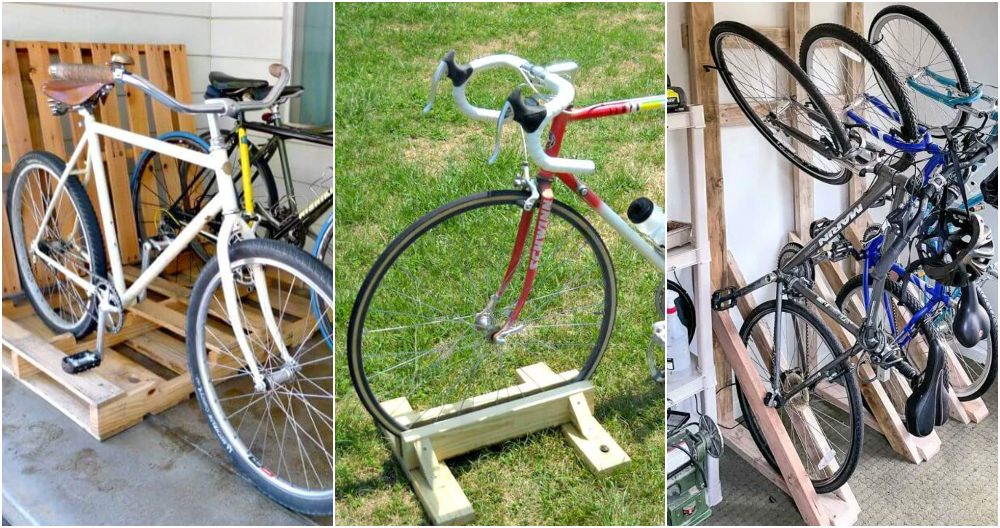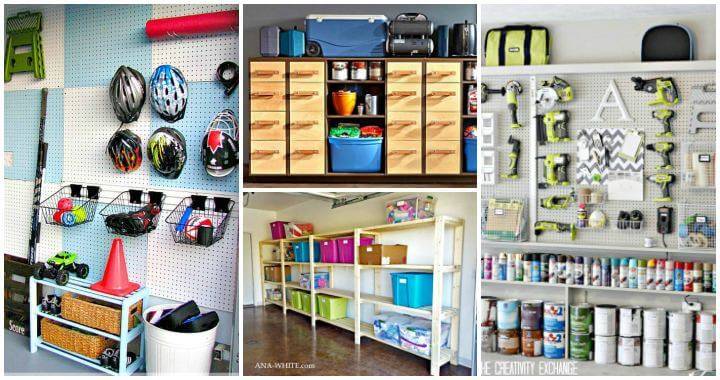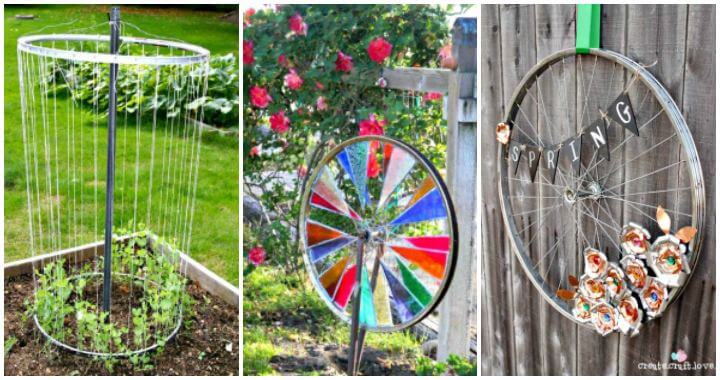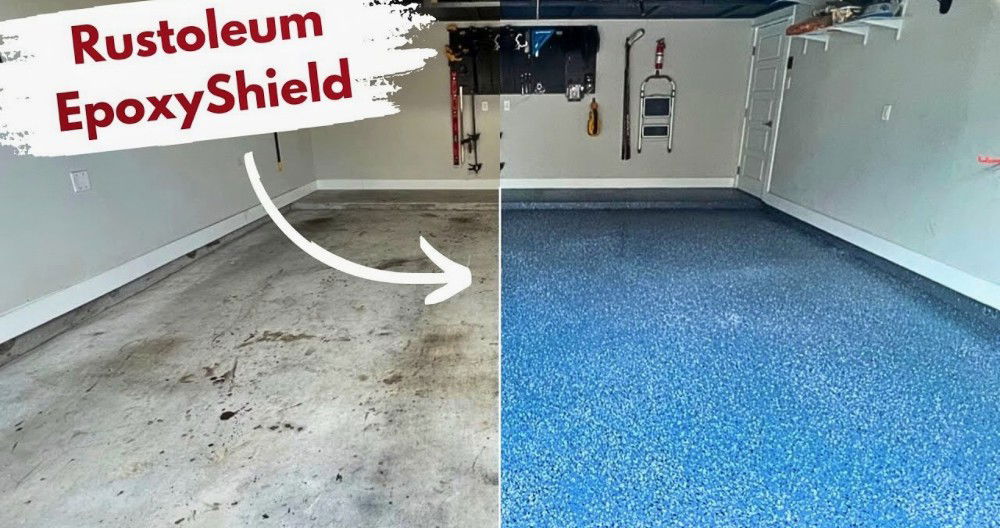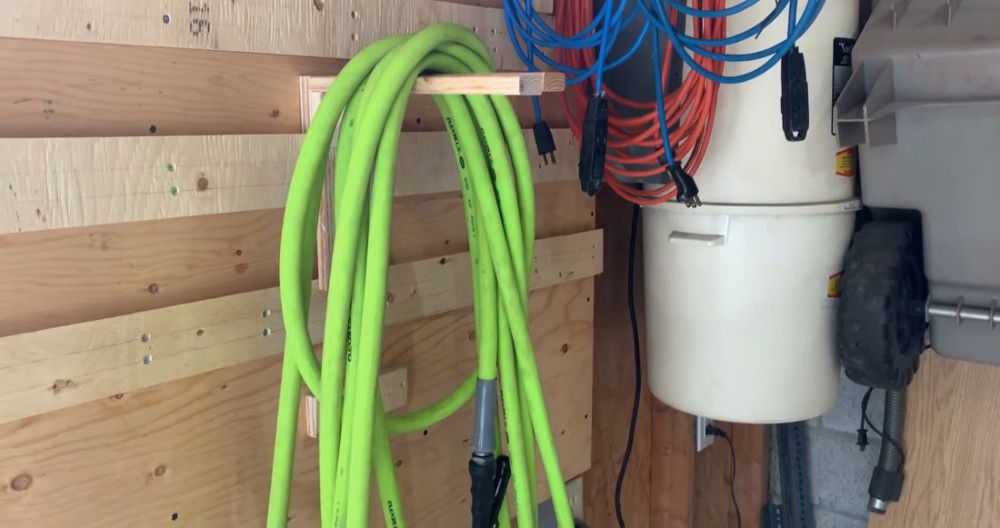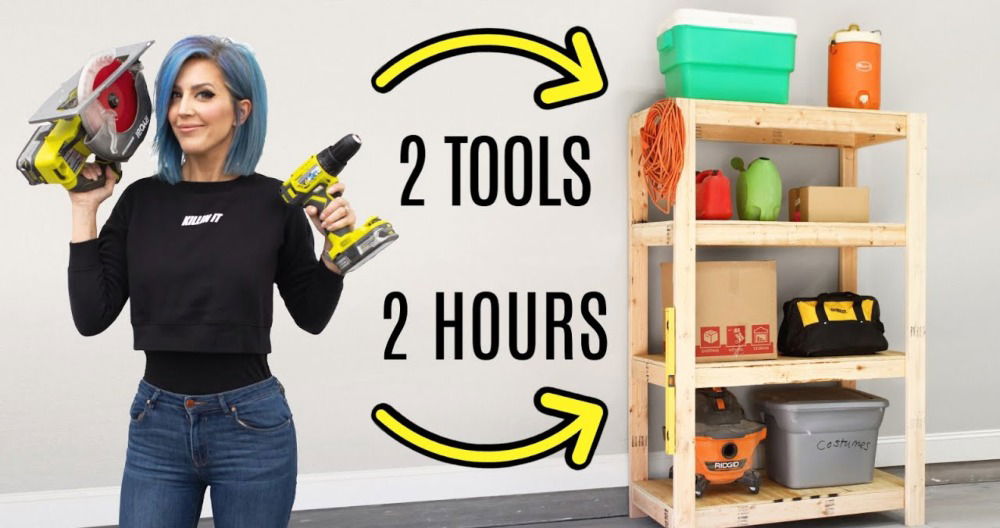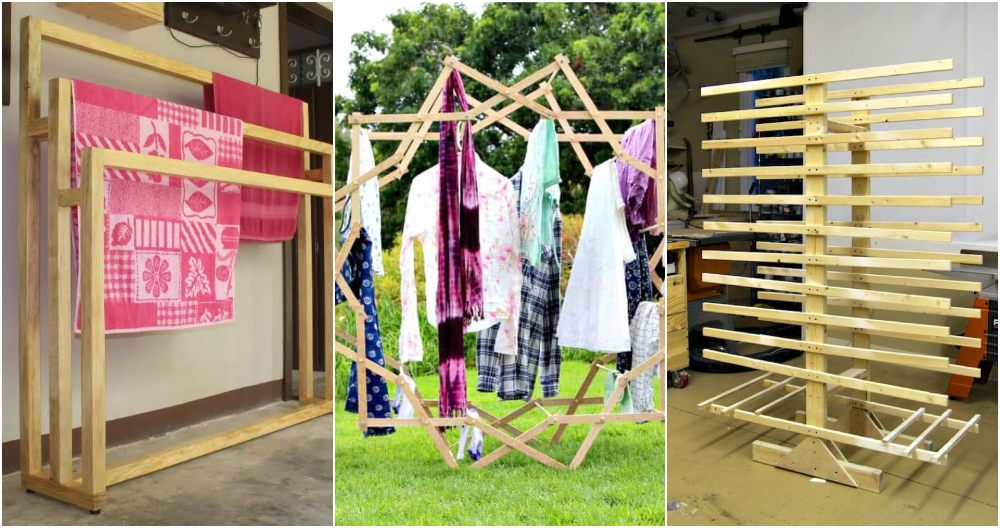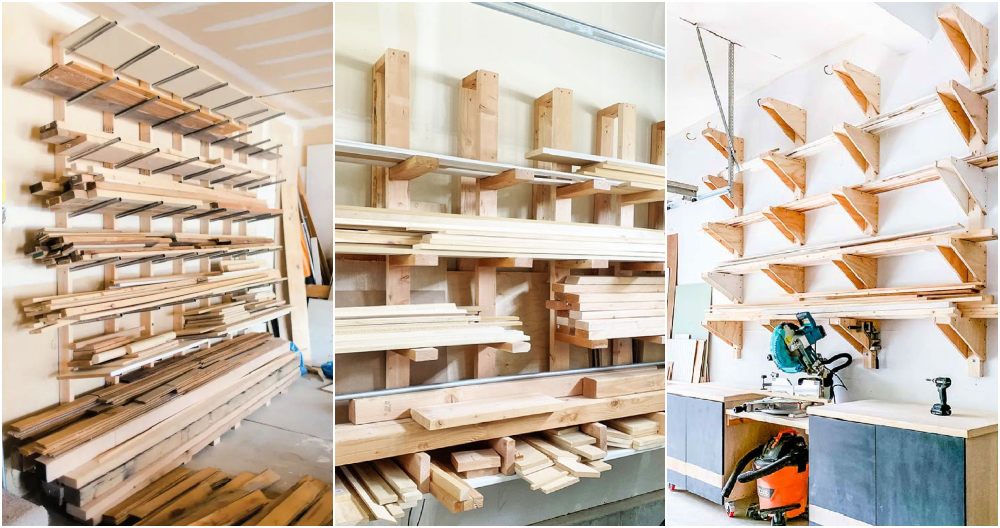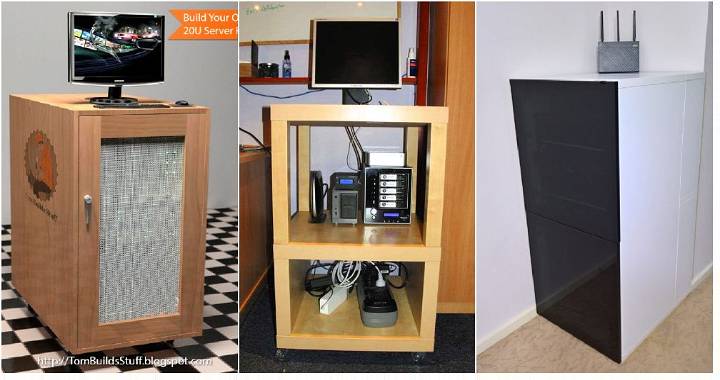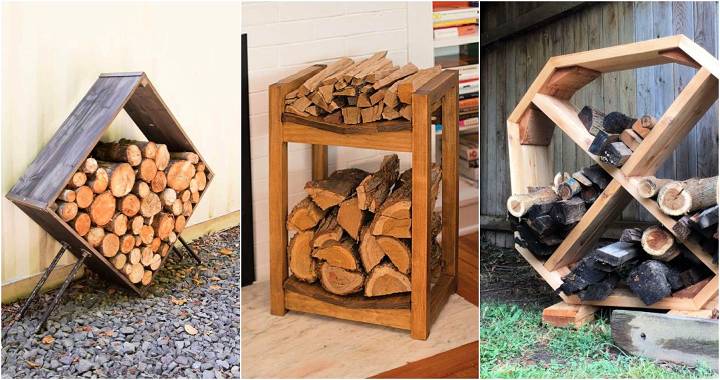As someone who's always up for a DIY challenge, I decided to tackle a project that had been on my mind for a while: building a simple bike rack for my electric mountain bike (EMTB). Not only did I want to save some space in my garage, but I also needed a low-profile design that wouldn't require me to lift my heavy bike. After some research and a bit of improvisation, I came up with a solid solution that I'm excited to share. Here's how I did it.
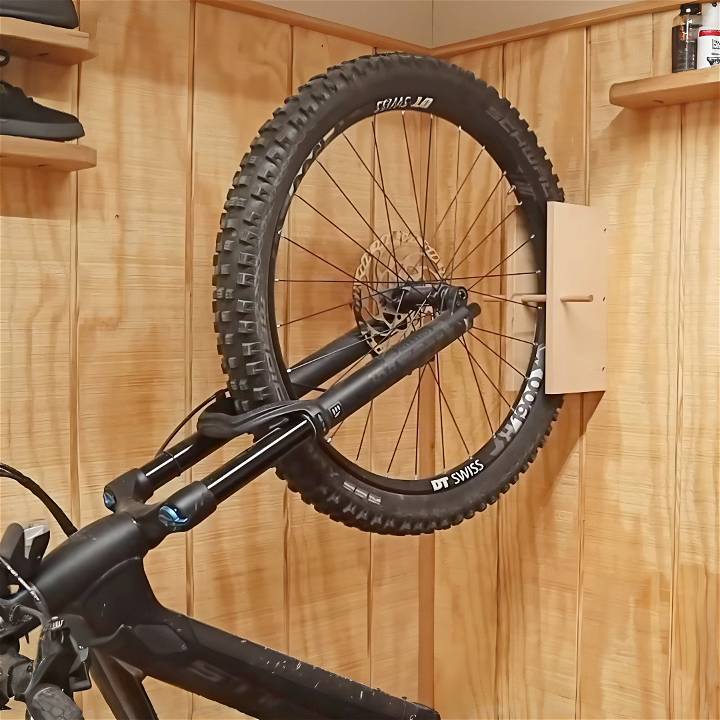
Materials Needed and Why
- Three pieces of wood (12.5 inches each): These form the base and sides of the bike hanger.
- Wood screws (1.75 inches): To securely assemble the hanger.
- Half-inch wooden dowel: Acts as a safety pin to ensure the bike doesn't slip out of the hanger.
- Drill and drill bits: For making holes for the dowel and screws.
- Hand plane or router (optional): To smooth or round the edges of your hanger, making it not only safer but aesthetically pleasing.
- Level and tape measure: Essential for ensuring the hanger is positioned correctly and straight on the wall.
Step by Step Instructions
Learn how to make a DIY bike rack step by step. Cut wood, drill holes, assemble hanger, mount on wall, and add final touches for a personalized touch.
Step 1: Cutting and Preparing the Wood
First, I cut three pieces of wood to 12.5 inches in length. The width of your front tire dictates the size of the center piece. My EMTB has a 2.8-inch tire, so I ripped the center piece a tad smaller, at 2 and 5/8 inches, for a snug fit. The two side pieces were ripped at 6 inches wide. I ensured these dimensions would support my bike without being too tight or too loose.
Step 2: Drilling Holes for the Dowel
After marking a point 5 inches from the back and finding the center at 6.25 inches, I clamped the two sides together and drilled a half-inch hole through both, ensuring the dowel would fit. My first attempt with the dowel was too tight, so I sanded it down slightly for a perfect fit.
Step 3: Assembling the Hanger
Before assembling, I pre-drilled and countersunk holes in the center piece to attach the hanger to the wall. I clamped the sides in position, aligned everything flush, and secured them with the wood screws. It was crucial to ensure everything was square and aligned correctly.
Step 4: Mounting the Hanger on the Wall
I measured the distance from the bottom of the hanger to the wall, ensuring it was positioned high enough to keep the bike off the ground but low enough for easy access. After transferring this measurement to the wall, I attached the hanger with one screw at the top, checked for levelness, and then put in the bottom screw.
Step 5: Adding the Finishing Touches
After sliding the wheel into the hanger and backing my EMTB against the wall, I used the dowel (already tested for fit) to lock the bike in place securely. For added safety and to prevent scratching, I used a hand plane to smooth the edges inside the hanger. A router could also work to add a small chamfer or roundover.
Customization Ideas for Your Bike Rack
When it comes to building your own bike rack, personalization is key. Tailoring the design to your specific needs and preferences not only enhances functionality but also adds a touch of uniqueness. Here are some practical customization ideas to consider:
1. Color Splash: Paint It Your Way
Choose a color scheme that resonates with your style. Whether it's a vibrant red, calming blue, or earthy green, a fresh coat of paint can transform your bike rack. Opt for weather-resistant paint to ensure longevity. Remember, a pop of color can make your rack stand out and brighten up your garage or outdoor space.
2. Accessory Hooks: Beyond Bikes
Why limit your rack to just bikes? Install additional hooks or pegs to accommodate accessories. Here are some possibilities:
- Helmet Hooks: Hang your helmets neatly alongside the bikes.
- Basket Attachments: Attach small baskets or mesh bags to store bike locks, water bottles, or repair tools.
- Garden Tool Holders: Utilize the rack for garden tools during off-biking seasons.
- Skateboard Mounts: If you're a skateboard enthusiast, build slots for your boards.
3. Adjustable Spacing: One Size Doesn't Fit All
Consider adjustable arms or brackets. Why? Well, bikes come in various shapes and sizes. Some have wider handlebars, while others are more compact. By allowing flexibility in spacing, you can accommodate different bike dimensions. Plus, if you decide to upgrade your bike or add a new one to your collection, your rack will adapt seamlessly.
4. Integrated Shelf: Handy Storage
Why not combine functionality? Add a small shelf to your bike rack. This shelf can serve multiple purposes:
- Bike Accessories: Keep bike-related items like pumps, spare tubes, and multitools within arm's reach.
- Plant Display: Place a potted plant or succulent on the shelf to infuse greenery into your space.
- Keys and Wallet: Use it as a catch-all spot for keys, wallets, and sunglasses.
5. Locking Mechanism: Security Matters
Enhance security by incorporating a locking system. Here's how:
- U-Lock Holder: Attach a U-lock holder directly to the rack. This ensures your bike stays put and deters potential thieves.
- Cable Lock Integration: Build a designated slot for looping a cable lock through the frame and wheels. Peace of mind guaranteed!
6. Foldable Design: Space-Saving Magic
If space is a concern, design your rack to be foldable. When not in use, fold it flat against the wall or ceiling. This feature is especially handy for apartment dwellers or those with limited garage space.
Remember, the beauty of a DIY bike rack lies in its adaptability. Feel free to mix and match these ideas or invent your own. Happy building! 🚲✨
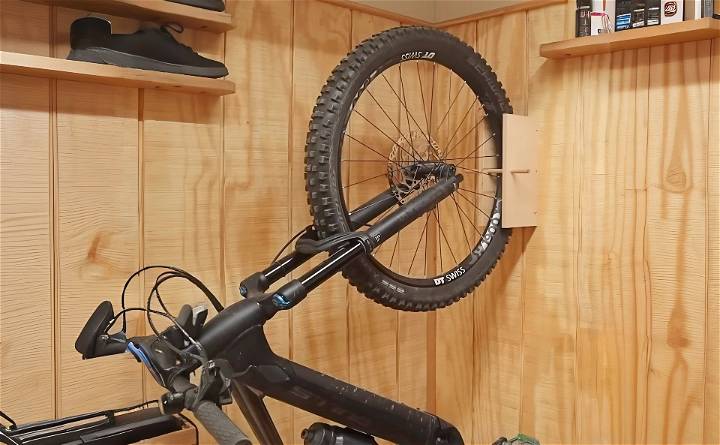
Maintenance and Longevity of Your Bike Rack
Ensuring the durability and functionality of your DIY bike rack is essential. Follow these practical tips to maintain your creation and extend its lifespan:
Regular Inspections: A Quick Check-Up
- Visual Inspection: Take a close look at your bike rack periodically. Look for signs of wear, loose screws, or any structural issues. Address them promptly to prevent further damage.
- Stability Test: Wiggle the rack gently. If it wobbles or feels unstable, tighten bolts and connections. A stable rack ensures your bikes remain secure.
Weatherproofing: Shield Against the Elements
- Outdoor Racks: If your bike rack is outdoors, protect it from rain, snow, and UV exposure. Apply a weather-resistant sealant or paint to the wood. Cover it during harsh weather conditions.
- Indoor Racks: Even indoor racks accumulate dust and minor scratches. Wipe them down occasionally with a damp cloth. Dust can affect stability over time.
Lubrication: Keep Moving Parts Smooth
- Hinges and Joints: If your rack has moving parts (such as foldable arms), lubricate them with a silicone-based spray. This prevents rust and ensures smooth operation.
- Bike Hooks or Brackets: Lubricate the hooks or brackets where your bikes hang. This prevents squeaking and eases bike removal.
Weight Distribution: Balance Matters
- Equal Load: Distribute the weight evenly across the rack. Avoid overloading one side. Uneven weight can strain joints and weaken the structure.
- Rotate Bikes: If you have multiple bikes, rotate their positions occasionally. This prevents excessive pressure on specific areas.
Cleaning Routine: Dirt-Free and Sparkling
- Dust and Debris: Regularly remove dust, cobwebs, and debris from your bike rack. Use a soft brush or a handheld vacuum.
- Wipe-Down: Use a damp cloth to wipe down the entire rack. Pay attention to corners and crevices.
Rust Prevention: Fight the Red Enemy
- Metal Parts: If your rack has metal components, check for rust. Sand off any rust spots and apply a rust-resistant primer and paint.
- Galvanized Hardware: Use galvanized screws and bolts. They resist rust better than regular steel.
Seasonal Adjustments: Flexibility Matters
- Winter Storage: If you live in a cold climate, consider disassembling and storing your bike rack indoors during winter. Extreme temperature changes can affect wood and metal.
- Spring Tune-Up: As spring arrives, inspect your rack thoroughly. Tighten any loosened parts and ensure they are ready for the biking season.
Remember, a well-maintained bike rack not only protects your bikes but also adds convenience to your cycling routine.
FAQs About DIY Bike Rack
Looking for answers on DIY bike racks? Get all your questions answered in this comprehensive FAQ guide. Easy solutions for your bike storage needs!
1. How do I secure my bike rack to the wall?
- Studs and Lag Screws: Align the pre-drilled mounting holes of your bike hanger with wall studs. Use three-inch lag screws to attach it securely. Avoid drywall anchors, as they may fail under the weight of fully loaded bikes.
2. Can I customize my bike rack?
Absolutely! Here are some ideas:
- Color Splash: Paint your rack to match your style.
- Accessory Hooks: Add hooks for helmets, baskets, or garden tools.
- Adjustable Spacing: Accommodate different bike sizes.
- Integrated Shelf: Build storage space for accessories.
- Locking Mechanism: Enhance security with U-locks or cable locks.
- Foldable Design: Save space when not in use.
3. How do I maintain my bike rack for longevity?
Follow these tips:
- Regular Inspections: Check for wear, loose parts, and stability.
- Weatherproofing: Protect against rain and UV exposure.
- Lubrication: Keep moving parts smooth.
- Weight Distribution: Evenly distribute bike weight.
- Cleaning Routine: Dust off and wipe down regularly.
- Rust Prevention: Sand off rust spots and use galvanized hardware.
- Seasonal Adjustments: Store indoors during extreme weather.
4. Can I make a bike rack from pipes and fittings?
Certainly! Customize the size and dimensions to fit your space. Keep modifying it to suit your needs. Pipes and fittings offer flexibility and durability for your DIY bike rack.
Final Thoughts
I'm quite pleased with the final result. It's a low-profile, efficient design that spares me from having to lift my heavy EMTB. Plus, it only protrudes six inches off the wall, saving valuable garage space. I initially worried about what would happen if the tire deflated, but after letting the air out as a test, I found the bike simply leans back without falling, thanks to the safety dowel.
Building this DIY bike hanger was not only a satisfying project, but it also provided a practical solution to storing my EMTB. For anyone looking to save space and avoid lifting heavy bikes, I highly recommend giving this project a try. Remember, the key to a successful DIY project is patience, precision, and a bit of creativity.


